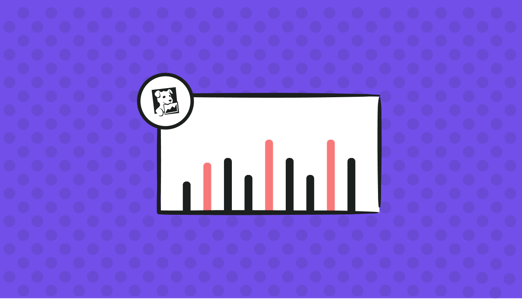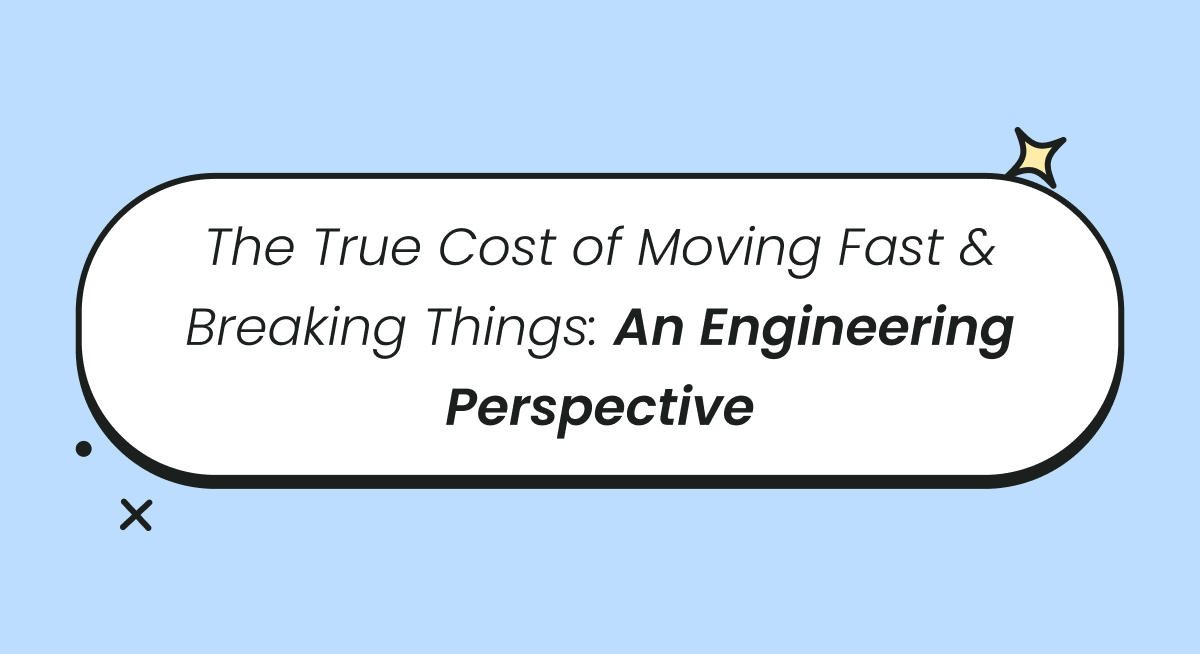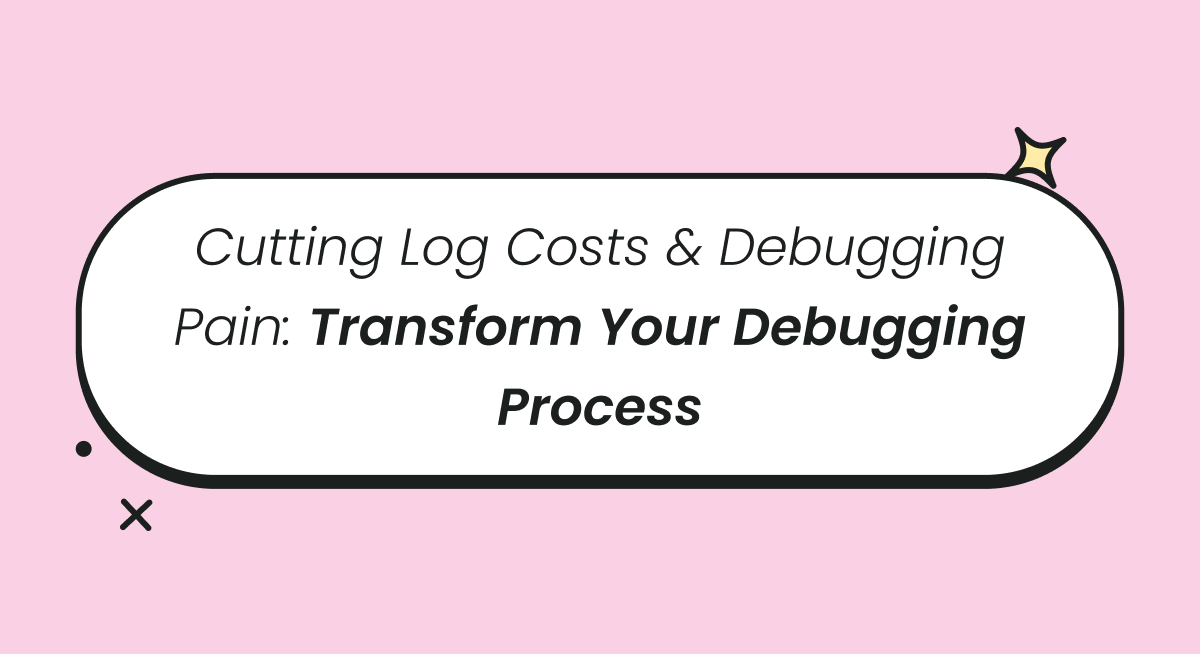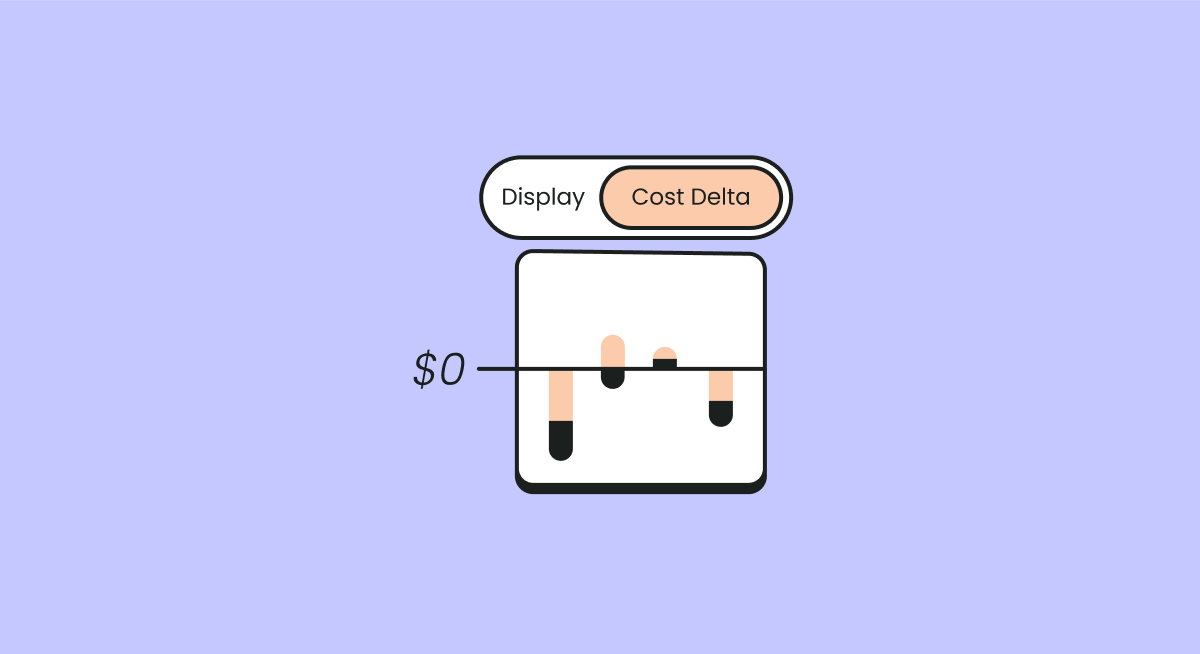
Grasping the pricing model for Datadog's custom metrics can be a daunting task. In this blog, we will break down the specifics of Datadog custom metrics pricing, providing a clear explanation of how costs are calculated and what factors influence your bill. Whether you're a current user looking to optimize your expenses or new to Datadog, this guide will offer essential insights into managing and forecasting your budget effectively.
What is Datadog Custom Metrics?
Datadog Custom Metrics is a feature provided by Datadog that allows organizations to track and monitor specific performance metrics that are tailored to their unique needs. While Datadog offers a wide range of built-in metrics for monitoring applications, infrastructure, and services, custom metrics enable businesses to capture and analyze data points that are specific to their applications and use cases.
With Datadog Custom Metrics, organizations can define and collect metrics that are relevant to their specific requirements. This can include metrics related to application performance, user behavior, business KPIs, or any other data points that are critical for their monitoring and decision-making processes. For detailed information about Datadog Custom Metrics pricing, it's best to consult Datadog's official website or contact their sales team.
Learn about Datadog Integration.
The flexibility of Datadog Custom Metrics allows businesses to gain deeper insights into the performance and behavior of their applications. By tracking and analyzing these custom metrics (with Datadog pricing custom metrics in mind), organizations can identify trends, detect anomalies, and make informed decisions to optimize application performance and drive business success.
Creating custom metrics in Datadog is a straightforward process. Users can send metric data directly to Datadog using the Datadog API or by utilizing one of the many integrations and agents provided by Datadog. Once the data is ingested, organizations can visualize and analyze their custom metrics using Datadog's intuitive dashboards, charts, and alerting capabilities.
Datadog also provides advanced features for custom metrics, such as aggregation, filtering, and transformation. These features allow organizations to aggregate and summarize their metric data, apply filters to focus on specific subsets of data, and perform calculations and transformations to derive meaningful insights.
The Value of Datadog Custom Metrics
Custom metrics enable organizations to capture and analyze specific performance data points that are relevant to their applications. By tracking these metrics, businesses can gain a deeper understanding of their applications, track performance against specific goals and objectives, and make data-driven decisions to optimize their systems. It empowers businesses to tailor their monitoring and observability strategies to their unique needs, resulting in improved application performance, better resource utilization, and enhanced user experiences.

Datadog Custom Metrics Pricing Structure
Datadog offers custom metrics as part of its pricing tiers, including Free, Pro, and Enterprise. While custom metric functionality is available across all tiers, certain advanced features or higher data volume thresholds may require an upgrade to a higher tier. Understanding the pricing details specific to your chosen tier and evaluating the value of advanced features will help you make informed decisions about optimizing costs.
Cost Considerations
- Data Ingestion and Retention: Datadog custom metrics pricing is influenced by the volume of metric data ingested and stored. As you collect more custom metric data, costs may increase. It is crucial to evaluate the necessary retention period for your custom metrics and adjust data collection settings to optimize costs without compromising essential insights.
- Granularity and Resolution: The granularity and resolution of custom metrics also affect pricing. Higher-resolution metrics or more frequent data updates may have associated costs. Assess the required level of granularity for your monitoring needs and consider the trade-off between cost and data resolution.
Optimizing Datadog Custom Metrics Cost
- Filtering and Sampling: Utilize filtering and sampling techniques to focus on critical aspects of your application. By selecting specific tags, dimensions, or timeframes for custom metric collection, you can reduce the data volume and associated costs without sacrificing crucial insights.
- Consolidation and Aggregation: Consider consolidating multiple related metrics into aggregated versions. Aggregating data can help reduce the number of individual custom metrics ingested, leading to potential cost savings.
- Usage Analysis and Forecasting: Leverage Datadog's usage analytics and forecasting tools to gain insights into your custom metric data consumption patterns. By understanding usage trends, you can anticipate potential cost implications and optimize your monitoring strategy accordingly.
- Utilize a Cloud Cost Management Tool: Understanding the factors driving your costs is crucial to effectively reduce them. Deploying a comprehensive cloud cost management tool like Finout automatically identifies idle optimization opportunities for Datadog Custom Metrics Costs, allowing you to optimize this spend and maximize savings. Learn more about FinOps.

Final Thoughts
In conclusion, the power of Datadog custom metrics lies in their ability to provide organizations with precise insights into their application's performance. By grasping the pricing structure and embracing cost optimization strategies such as the ones mentioned above or by implementing a cloud cost optimization solution link Finout, businesses can unlock the true value of custom metrics while maintaining a firm grip on their expenses and gain the ability to make informed decisions and elevate application performance.
Read More About Datadog Costs
How Much Does Datadog Cost?
Understanding Datadog's pricing model is crucial when evaluating it as a solution. Explore the various factors that influence Datadog's pricing and gain insights into its cost structure. Additionally, discover effective considerations for managing usage-based pricing tools like Datadog within the context of FinOps.
Read more: How Much Does Datadog Cost?
Part I: Getting Around the Datadog Pricing Model
In the first part of the blog series, written by our talented Software Engineer, Boris Cherkasky, we explore the question: "Why you should care about your Datadog costs?" Boris dives into crucial aspects of Datadog costs, emphasizing the importance of understanding them. He also sheds light on how Datadog pricing works, shares his experiences and lessons learned as a Datadog user, and discusses strategies to crack the Datadog cost/usage model. Moreover, Boris provides valuable insights on how to effectively gain control over Datadog costs.
Read more: Part I: Getting Around the Datadog Pricing Model
Part II: The Magic That Is In Datadog Pricing
In the second part of the blog series written by our talented Software Engineer, Boris Cherkasky, we cover how in general Datadog products get billed, and uncover the factors that sometimes lead to unexpected end-of-month invoices.
Read more: Part II: The Magic That Is In Datadog Pricing
Part III: Data Puppy - Shrinking Data Dog Costs
In the third part of the blog series written by our talented Software Engineer, Boris Cherkasky, you will discover the key factors to consider for effectively managing your Datadog costs. Boris will guide you through the process of uncovering the hidden potential for Datadog optimization, enabling you to make the most out of this powerful platform.
Read more: Part III: Data Puppy - Shrinking Data Dog Costs
Datadog Pricing
Discover the intricacies of Datadog pricing, explore key features such as debug, custom metrics, and synthetic monitoring, and provide strategies to optimize costs without compromising on functionality.
Read more: Datadog Pricing Explained
Datadog Debug Pricing
Datadog Debug offers developers the remarkable ability to streamline bug resolution and optimize application performance. To fully harness the potential of this invaluable tool, it is important to grasp its pricing structure, evaluate the value of its advanced features for your specific debugging requirements, and identify key elements that influence Debug pricing.
In this blog post, we dive deep into these essential aspects, providing you with the knowledge needed to make informed decisions and leverage Datadog Debug effectively for enhanced development workflows.
Read more: Understanding Datadog Debug Pricing
Datadog Synthetic Pricing
Integrating Datadog Synthetic Monitoring into your monitoring and observability strategy is a vital step for organizations seeking to proactively monitor and optimize their applications, while ensuring exceptional user experiences and mitigating risks.
In this blog, we will dive into the Datadog Synthetic pricing structure and explore the key factors that influence these costs. By understanding these aspects, you will be equipped to make informed decisions and leverage the full potential of Datadog Synthetic Monitoring.
Read more: Understanding Datadog Synthetic Pricing
Optimizing Datadog Costs
Discover effective cost optimization strategies for utilizing Datadog to its full potential without incurring unnecessary expenses. By implementing these best practices, organizations can achieve maximum efficiency with Datadog while ensuring a high level of observability. Learn how to reduce monitoring costs without compromising on the quality of insights and monitoring capabilities.
Read more: Optimizing Datadog Costs








